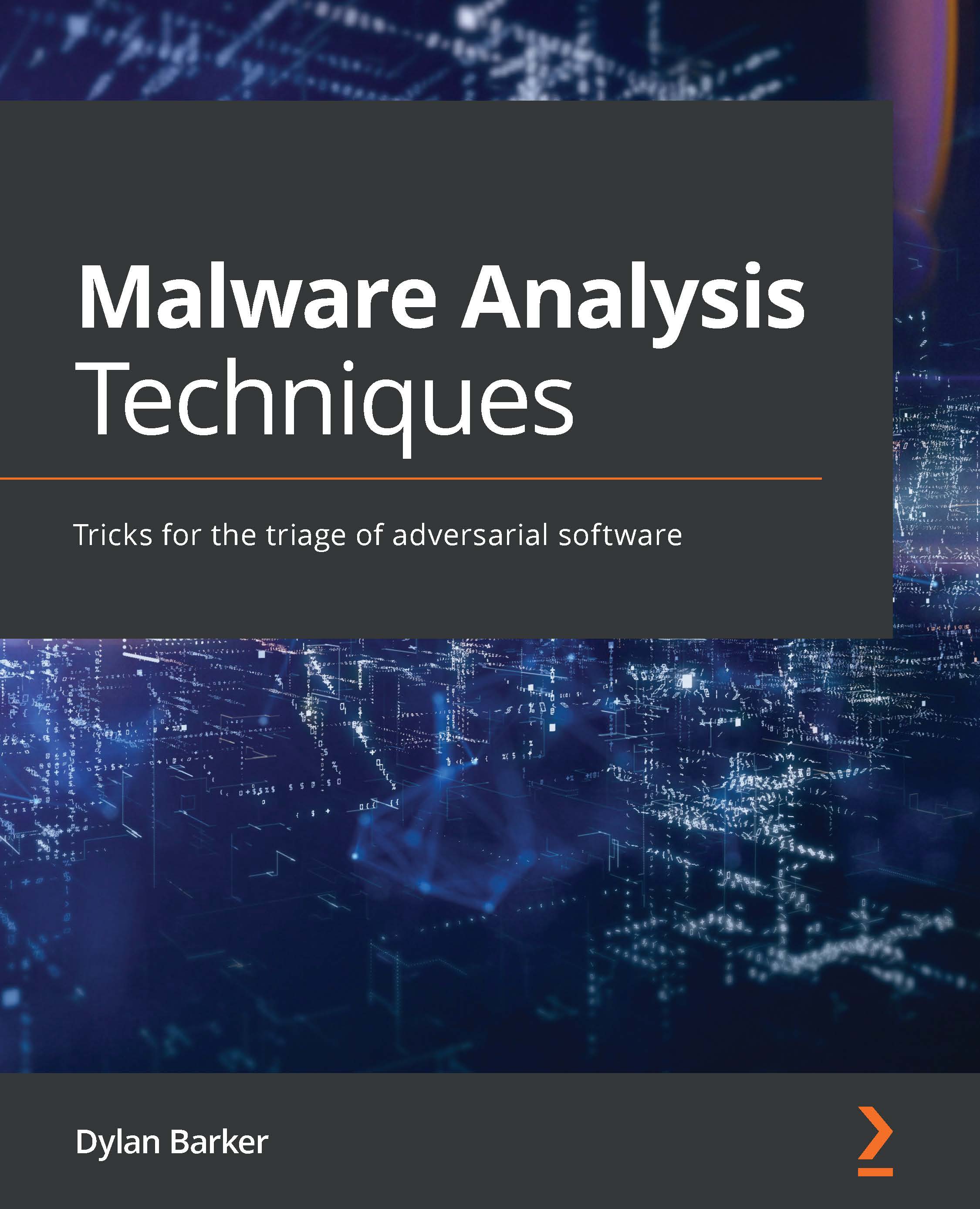- 中图分类号: TP3
- 语种: ENG
- 出版信息: Packt Publishing 2021 282页
- EISBN: 9781839210068
- PISBN-P: 9781839212277
- 原文访问地址:
KG评星
知识图谱评星,是一种基于用户使用的评价体系,综合图书的评论数量、引文数量、Amazon评分以及图谱网络中节点的PageRank值(即考虑相邻节点数量和重要性)等多种因素计算而得出的评价数值。星级越高,推荐值越高。CAT核心级
核心学术资源(CAR)项目作为教图公司推出的一项知识型服务,旨在打造一套科学、有效的图书评价体系,并协助用户制定相应的馆藏建设方案。CAR项目调查和分析12所世界一流大学的藏书数据,以收藏学校的数量确定书目的核心级,核心级越高,代表书目的馆藏价值越高。选取核心级在三级以上,即三校以上共藏的图书作为核心书目(CAT)。Analyze malicious samples, write reports, and use industry-standard methodologies to confidently triage and analyze adversarial software and malware Key Features • Investigate, detect, and respond to various types of malware threat • Understand how to use what you've learned as an analyst to produce actionable IOCs and reporting • Explore complete solutions, detailed walkthroughs, and case studies of real-world malware samples Book Description Malicious software poses a threat to every enterprise globally. Its growth is costing businesses millions of dollars due to currency theft as a result of ransomware and lost productivity. With this book, you'll learn how to quickly triage, identify, attribute, and remediate threats using proven analysis techniques. Malware Analysis Techniques begins with an overview of the nature of malware, the current threat landscape, and its impact on businesses. Once you've covered the basics of malware, you'll move on to discover more about the technical nature of malicious software, including static characteristics and dynamic attack methods within the MITRE ATT&CK framework. You'll also find out how to perform practical malware analysis by applying all that you've learned to attribute the malware to a specific threat and weaponize the adversary's indicators of compromise (IOCs) and methodology against them to prevent them from attacking. Finally, you'll get to grips with common tooling utilized by professional malware analysts and understand the basics of reverse engineering with the NSA's Ghidra platform. By the end of this malware analysis book, you’ll be able to perform in-depth static and dynamic analysis and automate key tasks for improved defense against attacks. What you will learn • Discover how to maintain a safe analysis environment for malware samples • Get to grips with static and dynamic analysis techniques for collecting IOCs • Reverse-engineer and debug malware to understand its purpose • Develop a well-polished workflow for malware analysis • Understand when and where to implement automation to react quickly to threats • Perform malware analysis tasks such as code analysis and API inspection Who this book is for This book is for incident response professionals, malware analysts, and researchers who want to sharpen their skillset or are looking for a reference for common static and dynamic analysis techniques. Beginners will also find this book useful to get started with learning about malware analysis. Basic knowledge of command-line interfaces, familiarity with Windows and Unix-like filesystems and registries, and experience in scripting languages such as PowerShell, Python, or Ruby will assist with understanding the concepts covered.







 京公网安备 11010602104826号
京公网安备 11010602104826号
